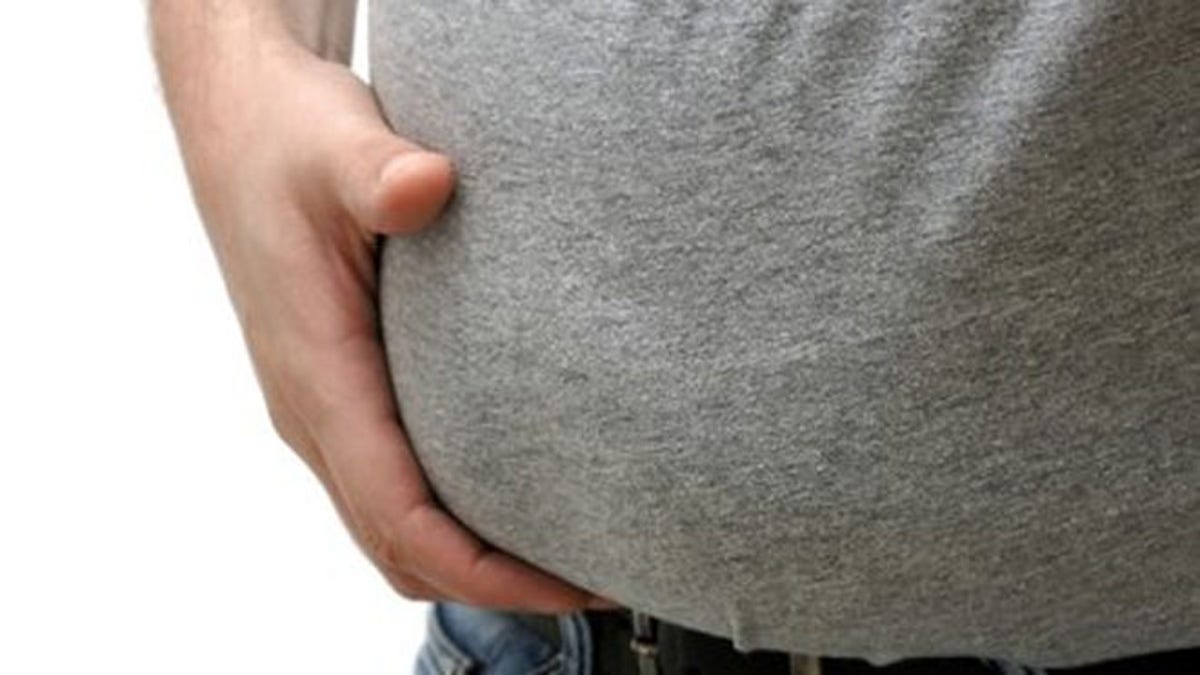
Should overweight customers be footing the bill for their excess baggage? (iStock)
The Food and Drug Administration has recently approved a host of new weight-loss interventions that make millions more people eligible for obesity treatments.
Among the devices are balloons that inflate inside the stomach and leave less room for food, electrical impulses that trick the brain into thinking the stomach is full and a tube that lets people drain out some of their stomach contents after meals.
The new interventions don’t require major surgery and are reversible; several are aimed at the estimated 60 million Americans who are only moderately obese, with a body-mass index of 30 to 40.
In contrast, most traditional bariatric surgeries such as gastric bypass involve permanently altering the gastrointestinal tract and are generally reserved for the roughly 18 million people with a BMI of 40 or more, or 35 with an obesity-related health issue like Type 2 diabetes.
Obesity experts say the new techniques help fill a large gap in treatment options between lifestyle interventions—such as diet, exercise and weight-loss drugs—and bariatric surgery.
“We had lots of patients contacting us with BMIs between 30 and 40 and we had nothing to offer them, and many people who are candidates for gastric bypass are petrified of the surgery,” says Shawn Garber, director of the New York Bariatric Group, a large surgical practice. The new options, he says, “are a great way to help these patients jump-start a diet.”
